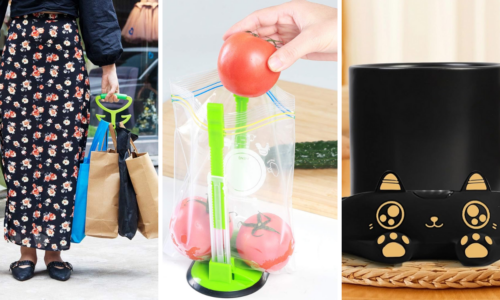Oftentimes we don’t think about our car’s tires until one of three things happens: a tire goes flat, icy weather is imminent and you want to make sure there is still thread left, or you’re heading out on a long road trip. But tires are so important to the overall performance of a car that we should think about them much more often!
It’s important to understand why you’ll want to stay on the up and up with maintenance and keep the best tire-pressure gauge on hand.
Keeping tires properly inflated helps them last longer and makes them less prone to blowouts. This small step can actually make your car drive better. Tires are engineered to do several conflicting functions at once — grip the road, provide a secure ride, turn well, traverse through snow and rain easily, and help with fuel economy. The improved fuel efficiency is enough of a reason to keep an eye on your inflation levels alone!
Good Tires = Better Safety and Savings
It’s not just a matter of having enough tread on the tire, the right tire pressure is essential for a totally safe ride. Too much or not enough pressure can cause additional issues. Poorly inflated tires have a higher likelihood to deform or curl when turning and are less able to protect both the tire and wheel from sharp-edged or deep potholes, which can cause damage or blowouts. The best tire-pressure gauge will help confirm proper tire pressure and cut down on wear, making them last longer and saving you money in the long run.
It’s possible for a tire to be low on pressure before it starts to look flat. At some point, air will need to be added to your tires no matter how expensive they were when you got them. This is normal, as even well maintained tires lose small amounts of pressure over time.
Anyone who has driven a lot in areas with wide temperature swings know this can also create pressure loss — typically 1 pound of pressure for every 10-degree drop in the temperature. Loss occurs as air escapes through tiny “pores” in the tire wall. But tires should be checked more than just seasonally, experts recommend that you check your tire pressure at least once per month. Generally, a pressure loss of 1-3 PSI per month is considered normal.
While your local gas station probably has a tire-pressure gauge on site if it has an air compressor, it may be a little worse for wear, making it hard to read or trust, defeating the whole purpose of checking your tires there.
Holding a reliable tire pressure gauge in one hand and the air compressor hose in the other means you can set the pressure accurately. Your owner’s manual or driver’s side doorjamb will tell your car’s recommended PSI for each tire. Tires warm up as they are driven and their internal pressures increase. So, if you’ve driven for a long time right before testing, it’s recommended to add 3 PSI to compensate for that.
The best tire pressure gauge will be easy to read and known for its accuracy. Some brands claim to be accurate within 1 to 0.1%. They come in both digital and analog forms and some even read in 1/2-pound increments.
Make the upkeep easy and keep a tire press gauge on hand for regular checks. Now that you know how — and why — to monitor your tire pressure regularly, be sure you pick up the right one. If you’re looking for some top choices, we’ve got you taken care of.










